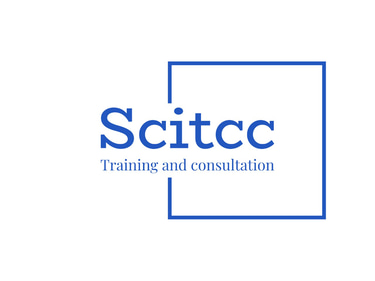
Flexible Thinking in a Changing Business World
Flexible Thinking in a Changing Business World
$3500.00
Designing a training course titled: "Flexible Thinking in a Changing Business World"
Course duration: 5 days
Daily duration: 4 hours per day
Day 1: Introduction to Flexible Thinking
Today's goals:
Understand the concept of flexible thinking and the importance of developing it in the business environment.
Understand the relationship between flexible thinking and the ability to adapt to rapid changes.
Explore different types of thinking and how they apply to business.
Topics:
What is flexible thinking? Definition and impact on performance.
Rapid changes in the business environment.
How flexible thinking affects decision making.
Today's activities:
Group exercises to analyze real-life examples from the business world.
Discussions on the challenges of traditional thinking in the face of rapid change.
Day 2: Flexible Thinking Tools
Today's goals:
Learn tools and strategies that help develop flexible thinking.
Apply tools in real business scenarios.
Understand how to leverage critical and creative thinking to meet challenges.
Topics:
Tools and skills to develop flexible thinking.
How to turn challenges into opportunities using flexible thinking.
Real-life examples of companies that have used agile thinking in times of crisis.
Today's activities:
Workshops to analyze case studies and apply the acquired tools.
"Upside-down thinking" exercise to create innovative solutions.
Day 3: Psychological and Social Influences on Thinking in the Work Environment
Today's goals:
Identify the psychological and social factors that influence flexibility of thinking in the workplace.
Study how to deal with anxiety and uncertainty in a changing business environment.
Topics:
Psychological challenges associated with constant change.
The role of leadership in promoting flexible thinking among the team.
The importance of building a flexible work culture.
Today's activities:
Exercises to improve your ability to manage anxiety and stress.
Exercises for building flexible and creative work teams.
Day 4: Flexible Thinking in the Face of Technological Change
Today's goals:
Understand the profound impact of technology on the business environment and how to adapt to it.
Learn how to use agile thinking to adopt technological changes quickly and efficiently.
Topics:
Digital transformation and how to adapt to it.
How artificial intelligence and modern technologies impact business decision-making.
Strategies for developing technological innovation through flexible thinking.
Today's activities:
Workshops to develop innovative solutions using technology.
A case study analysis of the adoption of modern technology in business.
Day 5: Applications of Agile Thinking in the Real Work Environment
Today's goals:
Integrate everything learned throughout the course into practical, actionable strategies.
Training participants to apply flexible thinking in real work situations.
Topics:
How participants can apply flexible thinking in their fields of work.
Develop a personal action plan to implement lean thinking in daily business.
Evaluate results and measure the effectiveness of applying flexible thinking.
Today's activities:
Simulating practical situations in the work environment.
Group discussions to create flexible solutions to real business problems.
Final evaluations for all participants and review of future plans.
Course objectives:
Developing flexible thinking skills among participants to keep pace with rapid changes in the work environment.
Enhance the ability to make effective decisions in changing times.
Providing participants with the tools necessary to adapt to technological and social challenges.
Building a flexible work environment that supports innovation and rapid adaptation to changes.
Target audience of the course:
Managers and leaders in companies.
Strategic and creative department employees.
Human resources and training professionals.
Small and medium business owners.
Anyone who aspires to develop their skills in dealing with rapid changes in the business environment.
Learning method:
Interactive learning: The course focuses on learning through practical experience, where participants are able to work on live examples and case studies.
Group learning: Collaboration among participants is encouraged through group activities and workshops.
Scenario-based learning: Flexible thinking is applied to realistic situations that participants may encounter in a workplace setting.
Continuous Assessment: Participants will be assessed on daily activities and task performance, as well as submitting a personal action plan on the final day.
Does this design fit your needs or would you like to modify any part of it?


